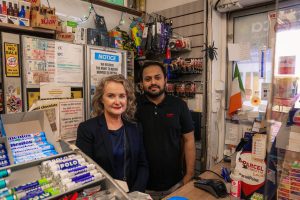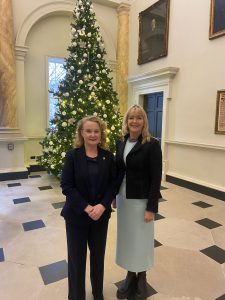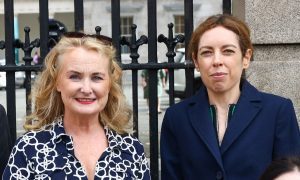Minister Phil Hogan could show a real commitment to gender equality in Irish politics by dedicating 50% of seats to females in the local authority elections on May 23rd. Instead his requirement that 30% of candidates in the next general election be female is nothing more than a conjuring exercise and real gender equality in Irish politics will only be delivered if it is first introduced at local authority level and applied to seats and not just names on electoral tickets. .
In reality we have a de facto male monopoly in Irish politics at present. Less than 16% of our elected representatives in the Oireachtas are female. Women represent 52% of the population but make up just 15% of elected representatives. Ireland is currently ranked 89th in the world for female political participation. The Government’s “plan” to require political parties at the next general election to have at least 30% of their candidates be female is nothing more than an elaborate conjuring trick designed to create the illusion that they are making a serious effort to address the abysmal gender inequality in Irish politics. The reality, sadly, will be quite different. Political parties and groups will find a way around the 30% quota, to retain their funding, by selecting female candidates in areas where they know they have little chance of winning a seat. So rather than bringing about any seismic change in gender equality, the governments quota system may only make a bad situation worse.
If the Government is serious about increasing women’s participation in politics it should make a real initiative and begin the process at local level by dedicating 50% of seats to females in the local authority elections on May 23rd and at the next elections five years later. Local councils are the route the vast majority of elected representatives, men and woman, take when getting into politics in the first place. For example, some 19 of the 25 women elected to the current Dail began their political careers at local authority level”, Councillor Fitzpatrick added. “It is where you cut your teeth in politics, where people get to know you, where you learn how the system works and where you can plant the seeds to a more ambitious career in politics if you are good at representing the people who elected you. That is why introducing a 50% quota of women on local authorities would encourage more females to run in elections at local level and as a result begin building the increased participation of many more women in politics. In other words, you start building gender equality from the bottom up rather than peddling the cosmetic sap to women’s equality that the 30% female candidates quota planned for the next general election.




